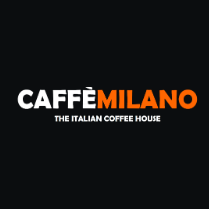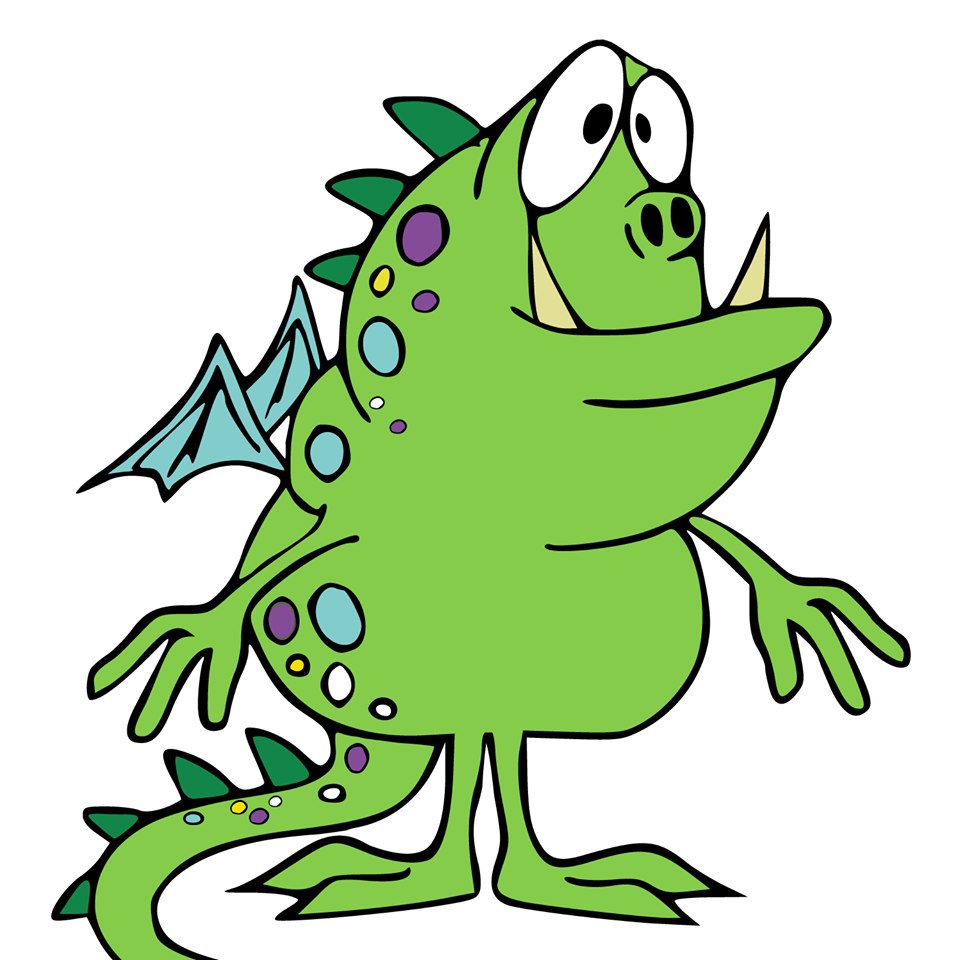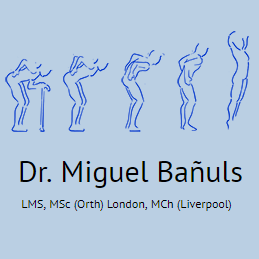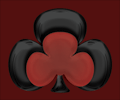Grunge Effects in Design have become a defining hallmark of contemporary artistry, encapsulating a raw and gritty aesthetic that resonates with many creatives. This bold style, characterized by its textured design and chaotic elements, stands in stark contrast to the sleek lines and polished finishes found in mainstream design trends. From graphic art to web interfaces, digital grunge has evolved to captivate audiences, creating a unique blend of nostalgia and innovation. With its messy design appeal, grunge invites artists to break free from convention and embrace imperfection in their work. As we explore the resurgence of this edgy aesthetic, it’s clear that grunge is not just a fleeting fad, but a powerful artistic statement that continues to inspire.
When discussing the allure of grunge aesthetics in graphic art, alternative terms such as distressed design and rugged visuals come to mind. This approach to creativity often embodies a vertical departure from traditional aesthetics, inviting a sense of rebellion and authentic expression. Whether termed as textured layouts or untamed visuals, the influence of grunge is felt across various mediums, from print to digital platforms. Embracing these unconventional styles allows creators to capture an emotive narrative, often evoking a sense of nostalgia and raw beauty that resonates deeply with audiences. As we delve into this captivating realm, we celebrate the multidimensional aspects of grunge-inspired artistry, highlighting its continuous impact on the design landscape.
The Essence of Grunge: Raw Aesthetics
Grunge effects in design are captivating for their raw, unfiltered aesthetic. The texture often evokes a sense of nostalgia, harking back to the rebellious spirit of the ’90s. This distinctive look thrives in its deliberate imperfection, showcasing layers of colors and materials that create depth.
It’s not just about being disorderly; it’s a considered choice that communicates authenticity. Designers often choose this style to reflect gritty realities, appealing to audiences that value honesty and straightforwardness over polished glamour.
Grunge design is a dynamic fusion of art and attitude. It embraces rough edges, distressed typography, and asymmetry, which contribute to its charm. In an age driven by sleek minimalism, the grunge effect serves as a refreshing counterpoint, offering a visual texture that captivates the observer. Indeed, the charm of grunge lies in its embrace of chaos, inviting viewers to engage with the rawness of human emotion.
From Zines to Digital: The Evolution of Grunge
The roots of grunge design can be traced back to underground zines, where creators expressed their thoughts through unrefined visual elements. These early expressions were often hand-made and imperfect, yet they resonated deeply with a generation tired of commercialization.
The transition to the digital realm has only amplified this aesthetic. Designers have adopted grunge elements in web design, branding, and even social media, creating a look that marries the tactile quality of traditional print with modern digital capability.
Despite the changes in mediums, the essence of grunge remains constant. It continues to encapsulate a sense of rebellion and individuality. The contemporary application of grunge effects often targets younger demographics, aiming to reach those who identify with the struggle against societal norms and the quest for authenticity.
Why Grunge Never Goes Out of Style
One of the most compelling aspects of grunge design is its timelessness. Unlike fleeting trends that fade into oblivion, the grunge aesthetic retains its appeal due to its various interpretations. Designers can adapt its principles to fit any context, whether a retro music poster or a sleek website layout. This adaptability ensures that grunge feels relevant across different eras.
Moreover, grunge challenges the notion of perfection in design. It promotes that beauty exists within imperfection, making it relatable and accessible to a broader audience.
In a world that often feels curated and controlled, the authenticity of grunge acts as a rebellion. It speaks to creatives who embrace outliers and celebrate the imperfect journey of artistic expression. This connection to authenticity creates a loyalty among designers and consumers alike, resulting in a lasting love for all things grunge.
The Techniques Behind Grunge Effects
Creating grunge effects requires a blend of traditional and modern techniques. Designers often utilize textures, overlays, and brushes to achieve the raw look emblematic of this style. The layering of images, incorporating vintage photographs or distressed textures, adds depth and interest.
Digital tools like Photoshop allow for experimentation with filters and textures, enhancing the grunge aesthetic. Techniques such as vector manipulation splay out the design’s edges, further emphasizing its chaotic and raw nature.
However, the essence of grunge is not limited to software alone. Traditional art materials—such as paint splatters, ink blots, and collaged elements—bring a physicality to the grunge look. Artists may hand-create these textures before digitizing them, infusing their personal touch into the design. This blurring between the tactile and the digital is where true grunge magic happens.
Cultural Impacts of Grunge Design
Grunge has cemented its place in popular culture, influencing music, fashion, and art. This style echoes the disillusionment of the ’90s youth culture, often seen in the album covers of bands like Nirvana and Pearl Jam, which utilized grunge aesthetics to express their defiance against mainstream ideals.
As it infiltrated different aspects of culture, grunge also empowered a new generation of designers and artists to break the mold. It became a means of self-expression, allowing individuals to embrace their messy truths. This helps sustain the impact of grunge on contemporary art and design.
Today, as nostalgic elements resurface in various forms, grunge remains relevant. It often intermingles with current design trends, ensuring its reinvention rather than decline. The cultural significance of grunge design transcends mere aesthetics, providing a voice for authenticity and rebellion in an increasingly polished world.
Grunge’s Place in The Future
As we move forward, the grunge effect continues to invite innovation. With an emerging interest in mixed media and experiential design, grunge principles can guide new creative processes. Designers can experiment with interactive elements that echo the dissonance and disarray of traditional grunge, pushing boundaries further than ever before.
The timeless appeal of grunge ensures its enduring relevance. As audiences crave unique narratives and authenticity, designers will find ways to reinterpret this style, adapting it to fit future mediums and cultural shifts.
In embracing the raw and the imperfect, grunge design becomes a powerful reminder of the beauty found in vulnerability. It champions a narrative that is as much about the journey as the final product. Looking ahead, grunge is solidifying its place not just in design, but as a movement that continues to encourage authenticity in all creative disciplines.
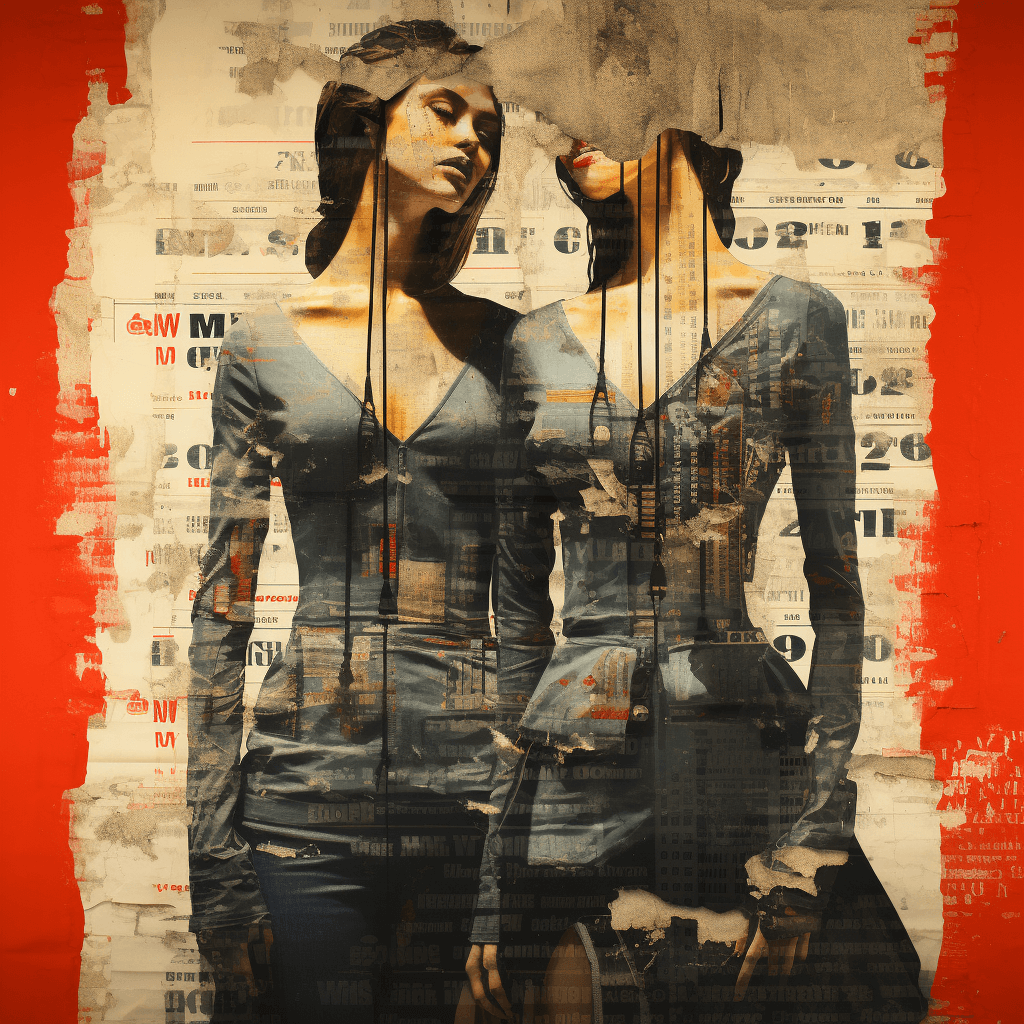
The Enduring Appeal of Grunge Design
In conclusion, grunge effects in design showcase a unique blend of chaos and creativity that captivates audiences time and again. This style transcends traditional aesthetics, allowing designers to express individuality and challenge the norms associated with perfection in graphic design. Grunge embodies a sense of nostalgia and rebellion, appealing to a generation that values authenticity over polish. As we move forward in the design industry, the impact of grunge remains palpable.
Key reasons for the lasting appeal of grunge effects include:
– **Authenticity:** Grunge aesthetics promote a genuine expression of creativity, resonating with audiences who seek realness in a polished digital world.
– **Versatility:** Whether in print, web, or product design, grunge adapts well across various mediums, offering a distinctive edge at any scale.
– **Cultural Relevance:** With roots in counterculture, grunge connects deeply with contemporary social movements that embrace individuality and self-expression, ensuring its place in modern design.
Grunge’s Influence on Modern Design Trends
As we reflect on the persistent nature of grunge in design, it becomes clear that its influence is woven into the fabric of modern aesthetics. This design philosophy encourages designers to break free from conventional constraints and embrace imperfections, making bold choices that set their work apart. The rise of digital artistry has only amplified the grunge movement, allowing for more experimentation and innovation that harkens back to its origins.
In summary, grunge effects in design signify more than just a stylistic choice; they represent a cultural shift towards embracing chaotic beauty. Important aspects of this trend include:
– **Emotional Connection:** Grunge often evokes feelings of nostalgia and resistance, creating a stronger bond between the designer and the audience.
– **Fusion with Other Styles:** The grunge aesthetic simultaneously complements and contrasts with minimalism, vibrant colors, and contemporary themes, enriching the design landscape.
– **Timelessness:** As a rebellious form of expression, grunge never truly goes out of style, always re-emerging in fresh iterations that challenge the status quo.







